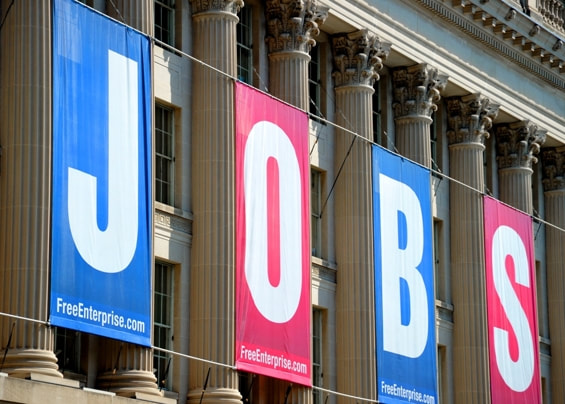US Job Openings
US job openings have hit a new all-time high of 9.21mn in May, up from a revised 9.19mn level in April, with hirings continuing to lag well behind at just 5.93mn. What does this tell us? Well, it shows that there is huge amount of excess demand for workers in a market with continuing labour supply constraints. This presents the risk of more upward pressure on wages and more persistent inflation in the US economy. The challenges of finding wokers is a continuing theme in recent months and this has been highlighted in the June ISM manufacturing and services reports. Employment components were both moving into contraction territory despite surging orders and production. In addition, the National Federation of Independent Businesses reports that 46% of small business owners had job vacancies they could not fill, which was down slightly from the previous month’s all-time high reading, but more than double the 48-year historical average of 22%. What does this tell us? It points towards a situation that could put the brakes on growth simply because companies cannot expand as planned. The Federal Reserve has a view that the labour market will be more balanced from September as childcare issues ease with schools returning to in person tuition. In addition, expanded unemployment benefits will stop and this should help to make jobs more financially attractive and entice people back to employment. Increasing Pay Pressures Companies are looking to take advantage of the reopening and stimulus driven economic growth. This means expansion plans are in play but recruiting new staff is proving to be a challenge. Therefore, companies are increasing pay to attract staff. This was reflected in a new all-time high for the proportion of companies raising compensation as measured by the NFIB. This is putting pressure on companies on two fronts because they not only need to raise pay to attract employees but also pay more to retain existing employees. This will fuel inflationary pressures and keep inflation higher for longer, which ultimately, could prompt the Fed to raise rates sooner.
0 Comments
Leave a Reply. |
AuthorTim the trader Archives
January 2025
Categories |
Site powered by Weebly. Managed by iPage

 RSS Feed
RSS Feed